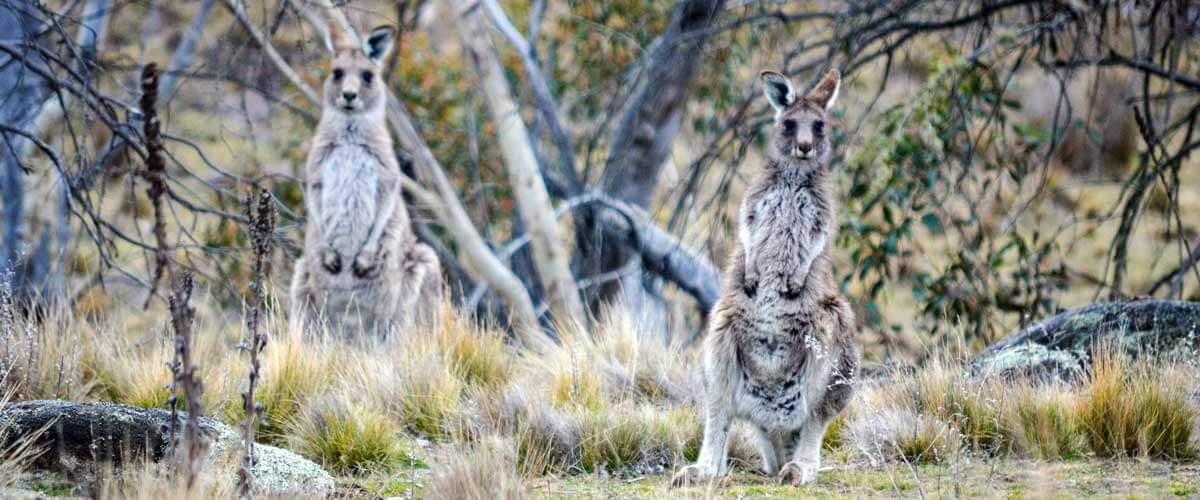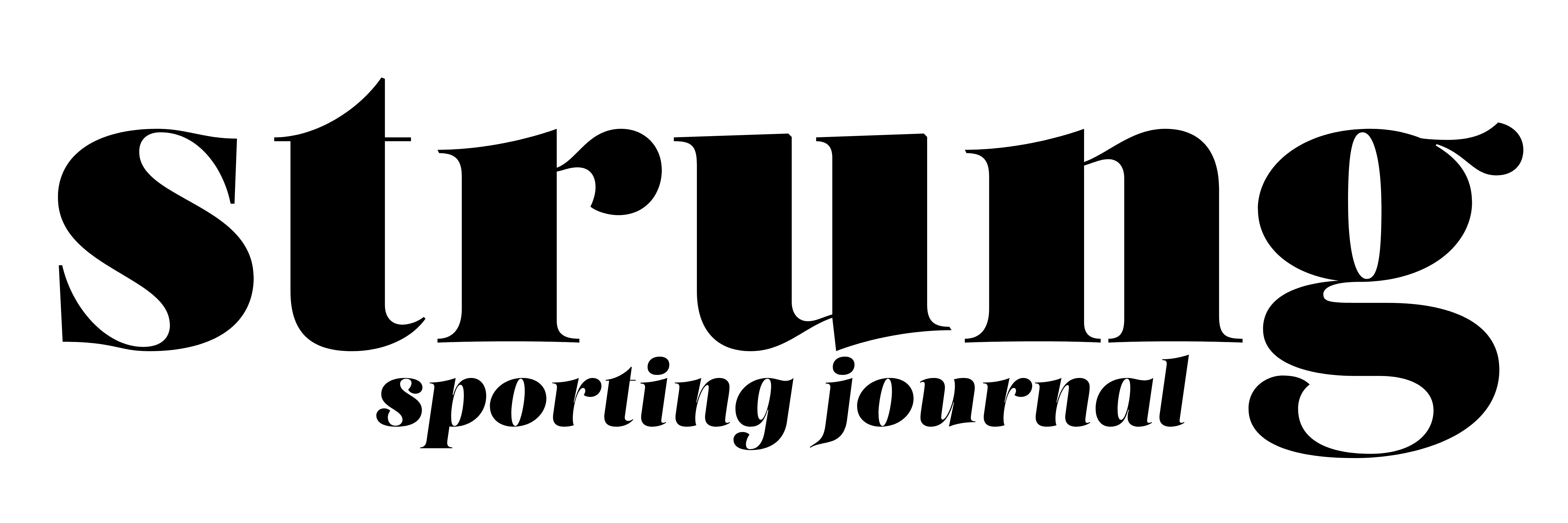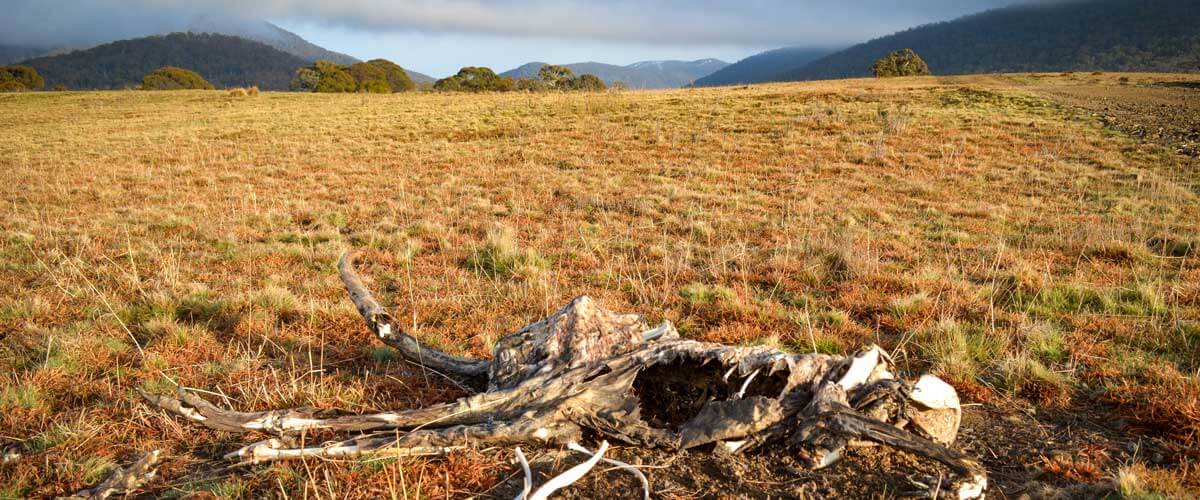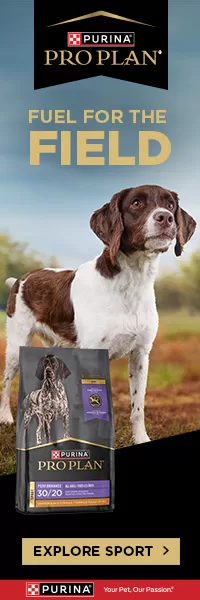HOWL
The wild canine howl is a statement of intent. Aldo Leopold reflected upon this in the essay “Thinking Like a Mountain,” while Allen Ginsberg recognized its power in verse as a cry of resistance. Like both these men, I am drawn to the howl’s ancient undertones of primitive authority and the expectation of imminent action.
————————————————————————————————————————–
THE WYOMING PRAIRIE: Above snow-crusted sagebrush, the helicopter sweeps low, dogging a mule deer across the empty Badlands. In an instant the net gun explodes and the doe crashes in a tangle. The chopper lands briefly, slings the mule deer, then rockets away in a cloud of spindrift.
Three months later, Tayler, a Wyoming Fish and Game technician, leads the way through a thicket of willows in the belly of Nylander Creek. We are heading for an indistinct patch of aspens on the far side of the distant saddle. When the mule deer doe captured on the wide frozen prairies migrated here to fawn, she expelled a small vaginal implant. The signal from that tiny beacon was leading us to her birthing site.
Upstream of an old elk hunting camp, the trail leaves the creek line and we climb higher, passed bear prints and crossing into the sweet wildflower zone. Out of the forest on the open hillside, the flowers stretch away in a tangle of yellow and red. I draw the Nalgene bottle from my pack and, as I’m raising it to my lips, a wolf howl erupts from the other side of the timbered ravine.
RIVER COUNTRY: Michael stirs from his bedroll as I hand him a cup of black coffee. In the dark I wrestle with wader straps, my legs uneasy from yesterday’s long march. But finally I am cocooned in Gore-Tex and slump into the camp chair to enjoy my brew. A cigar stub flares in the predawn and then we are away, strolling down the gravel path that leads to the river. It is time for the pre-spawning run, and in the darkness of the previous evening the solid torpedoes—brown trout—would have slipped upstream unseen, from pool to black-hearted pool.
By the time the first pink of dawn brushes the tussocks, I am making long casts into the head of the bridge run. The twin rig of egg and nymph imitations trickles along the river bottom as I watch the strike indicator intently.
On the far bank a large buck kangaroo lopes to the water’s edge and dips his gnarly head to sip from the stream. Suddenly a chorus of dingos howl from the far timberline, and the ’roo sits bolt upright in response. The buck and I exchange glances as if asking each other what will happen next. The dogs continue to call for several minutes, then silence. I watch the old boy head upstream toward the sanctuary of the gorge. I return to flicking flies into the agitated current, but this time with a grin that is not related to the prospect of catching a fish.
AUSTRALIAN ALPS: The Australian dingo is a descendant of the Asian wild wolf. These animals first crossed land bridges into the Australian continent from New Guinea more than 5,000 years ago. They spread rapidly throughout the landscape, and today can be found in the tropical swamplands of the north, across the highest peaks of the main ranges, and in the inhospitable desert interior of the country. Today the most genetically pure populations survive in the remote backcountry. They continue to thrive behind the protection of the invisible national park boundary line.
Like those of their North American wolf cousins, the howls of the dingos are symbols of wildness, often unheard by the majority of the human population. Scorned by shepherds—whose stock losses can at times be horrendous—the dingo has been poisoned, trapped, and shot for hundreds of years.
Research has demonstrated that these vocalizations communicate not only pack location but also sex and possibly even social ranking. But they can also be signals to demonstrate the success of a hunt. I’ve seen a pack of dingos taking down a mature kangaroo buck. It is a sight seldom witnessed, but the dogs revel in the social interactions of both the kill and the feasting.
 AUSTRALIAN ALPS: It is late winter, and the dogs will now be moving into the lower elevations where their pups will learn the art of the kill. The pull of the howl is strong. To hear them, I need to go there!
AUSTRALIAN ALPS: It is late winter, and the dogs will now be moving into the lower elevations where their pups will learn the art of the kill. The pull of the howl is strong. To hear them, I need to go there!
I leave the dirt backroad, engage the four-wheel-drive, and head into the ranges. It is a quick trip to inspect new country, but by day’s end I know I will be sleeping where the wild dogs run. The country is dry. A long, hard season has reduced the feed, and most of the game is haunting the shaded gullies where what little green pick remains. The gum trees stand mute, straight-backed, and silent at my passing.
The trail follows a drainage line and is easily negotiated in four-wheel-drive. I pause at one of the creek crossings and bring the vehicle to a halt. When I climb down from the cab, my eyes are drawn to a mark in the sand.
It is a small thing in a big land, but the three muddy prints tell me that a dog has recently passed along the fire trail. The spoor is limited—winter has been unusually dry, and the tracks are only evident where a slight depression has gathered the dew.
I glance down toward the open frost hollow where the grasslands stretch away down the valley. Kangaroos are feeding in the open basin, and their casual attitude belies the knowledge that the dog is long past.
Several kilometers farther along, I again roll to a stop outside one of the old tin and wooden pastoral huts that still dot the mountains. These simple structures are enduring testaments to the hardy pioneers who raised families, battled wildfires, and fought to protect their stock from the dogs.
The water boils quickly for a cup of sweet tea, and I enjoy a cigar. Leaning back on the rough wooden step, I survey the gully across the creek line. Wood swallows flick about, searching the bark for insects, and overhead a wedge-tailed eagle leisurely rides the thermals. Here on the valley floor the winds are strengthening, and the tops of the trees are agitated. Time to move.
Forty minutes later, I steer the truck out onto the first in a series of open, grassy flats. On the crest, the fresh carcass of a kangaroo lies on the trail verge. I inspect it briefly. It’s a dog kill, but sign suggests that feral hogs have also taken nourishment from the dogs’ handiwork.
By the time I reach the upper plateau—where timber thins and grasslands dominate—the breeze is strong, heralding the coming front. It is with some urgency that I negotiate the final few kilometers to my destination.
The hut is nestled above a shallow swamp, and on the far bank wallabies are emerging from the sanctuary of the forest. I quickly unload the vehicle and gather wood for a fire. Cigar in hand, I settle into a camp chair outside and savor the passing of the day’s end. As shadows lengthen, a lone gray kangaroo doe drifts around the corner of the hut. She is calm and unconcerned at my presence, and for a time we eye each other.
I gather binoculars and pull on the down jacket. A short drive through the timber brings me to a vast open plain. I am now hard against the upper timberline. Patches of snow linger on the scrubby summits. Away to my right, a narrow park reaches back into the scrub. Several days earlier, another ranger heard dogs howling in the predawn, above the sliver of grassland.
I sit for a long time on the hillside. The valley stretches away, and white cockatoos arc above the distant tree line like the last snowflakes of winter. I scour the clearing intently, sweeping the binoculars slowly, but the bush is still. Below, kangaroos feed with quiet ease—no dogs would come tonight, and so for a time at least they are enjoying the reprieve.
As the sun vanishes to the west, behind the black ranges, I drive slowly along the valley floor. A red-necked wallaby, gaunt and hollow-hipped by age, sits only meters from the side of the track. As I pass, I am struck by a sudden inclination to dip my cap. The tussock lands—muted by the afterglow—are hushed, save for the cackles of kookaburras as I ease the truck through the final creek crossing to the hut.
Soon I have a strong blaze burning under the chimney. Later, after a meal of cold pork sandwiches, I refill the pannikin and again settle into the chair. The fire is pleasing, its hearty crackle a comfort. Outside the wind freshens, and rain patters briefly on the iron roof. It has been a good day!
At some time in the night I am wakened by the boom of distant thunder. Then, on its retreat, a steady downpour drums against the hut’s walls. Inside the sleeping bag I am warm, and soon drift off to sleep as the storm spends its energy.
Daylight bleeds through cracks in the hut as I make a coffee. Before long my gear is stowed and I ease down the track toward the upper basins. Ducks explode from the creek crossing below the hut, and soon I am again glassing from last night’s vantage point. The truck is hidden in a hollow behind me. The wind is cold, and again the ’roos appear relaxed.
I draw the howl tube from my daypack, lean back against a log, and call. The mournful tone drifts across the valley. Twice more I appeal to the dog spirits, but nothing responds. The kangaroos look up for a minute and stare back into the timber.
Several kilometers farther up the valley, I park in the shadow of the largest peak. Here, hidden within a gully, is a trail camera placed several weeks before. It takes a moment to open the case and flick through the scattered images. There are pigs, a sambar buck, foxes, and a myriad of ’roos—but then a dog. It is a bitch, pausing to scent mark and scratch her calling card into the shoulder of the fire trail.
Excited, I return to the vehicle and continue along the narrow track. Shortly thereafter, I slow the truck to a stop where the narrow path cuts across the main fire trail and disappears to my left amid the gums. The sand reveals wallaby tracks as I enter the timberline, and a heavy pouched doe watches silently as I pass.
A shallow rock shelter sits amid a jumble of granite boulders. There on the eastern face is ancient graffiti, rock paintings left by an indigenous artist. The date of the art is unknown, but probably predates the arrival of white men on the continent.
With my back against the cold, rough granite, I rest in the shade. Amid the red and white ochre motifs is the image of a kangaroo pursued by two small dingo figures. The traditional custodians of this country had developed a long and complex affinity with the native dogs. And the art on this shaded rock wall reflects that respect, and the antiquity of the relationship.
I leave the art site, renewed with a vision of the wild country. My passing is short, and my expectations overly high. This is no zoo where the animals parade before me. It is a complex, intimate, and timeless place. Long after I am gone, the dogs and their prey will indulge in the cycle of death and renewal.
It is a universal truism of the wilderness that those things we seek are what most often elude us: the aborted climb, the stalk that fails, the misplaced cast. Most of my dingo encounters have been by chance—a turn in the path or rise in the track that reveals a dog going about its way. I had come to the high country anticipating an exchange with the mountain dogs. But they were not ready to acknowledge my intrusion.
As I closed the final gate behind me and swung the truck out onto the fire trail, I thought of the springer spaniel at home that eagerly awaited my return. I smile and shift gears.
Aaaagh. Dogs!
By Richard Barnsley
Richard Barnsley is a Vertebrate Pest Officer with the Biosecurity and Rural Services Department of the ACT Parks and Conservation Service located at 500 Cotter Road Weston Creek ACT 2611. Yes, he’s an Aussie.
Subscribe to Strung Magazine



